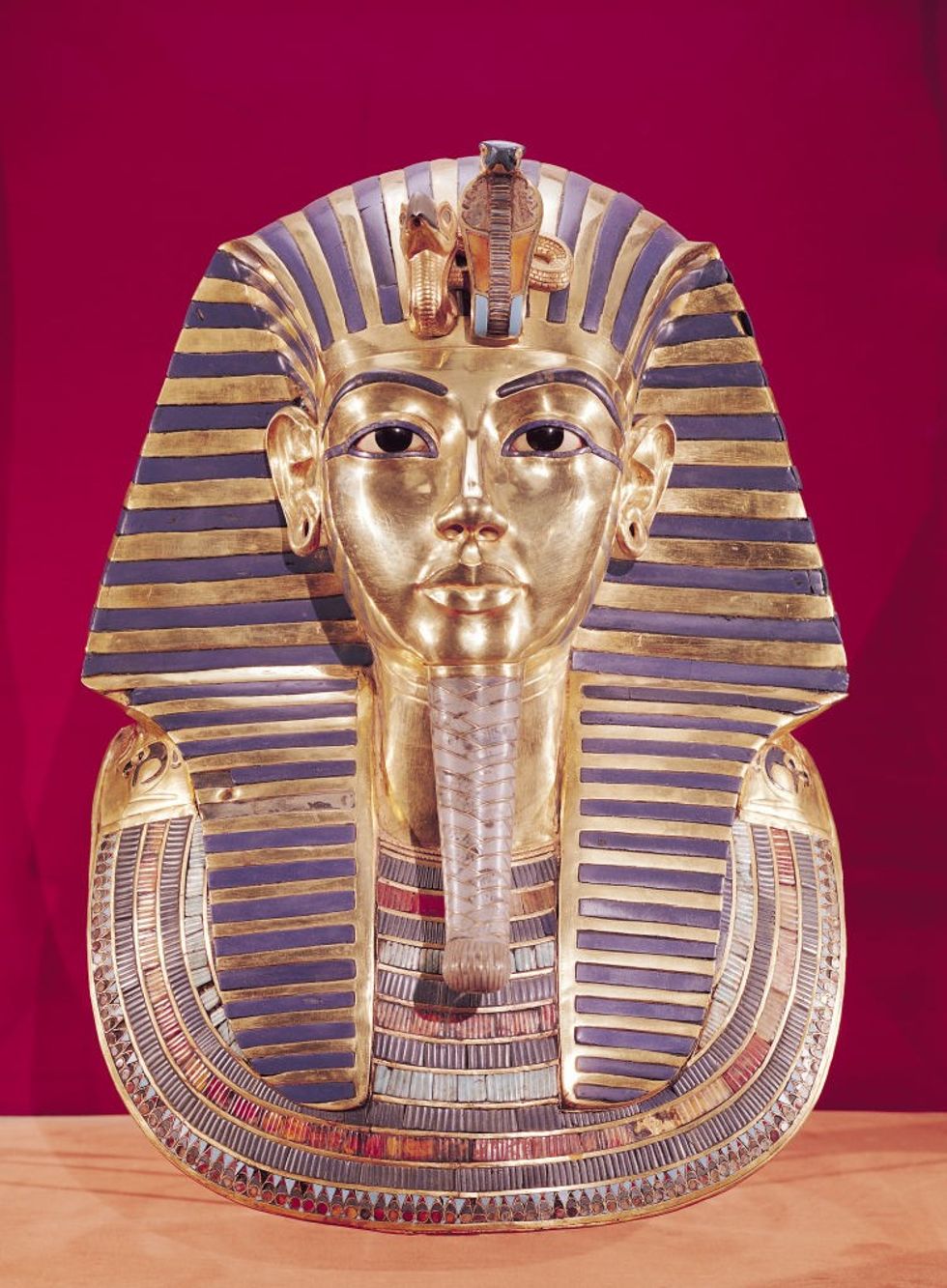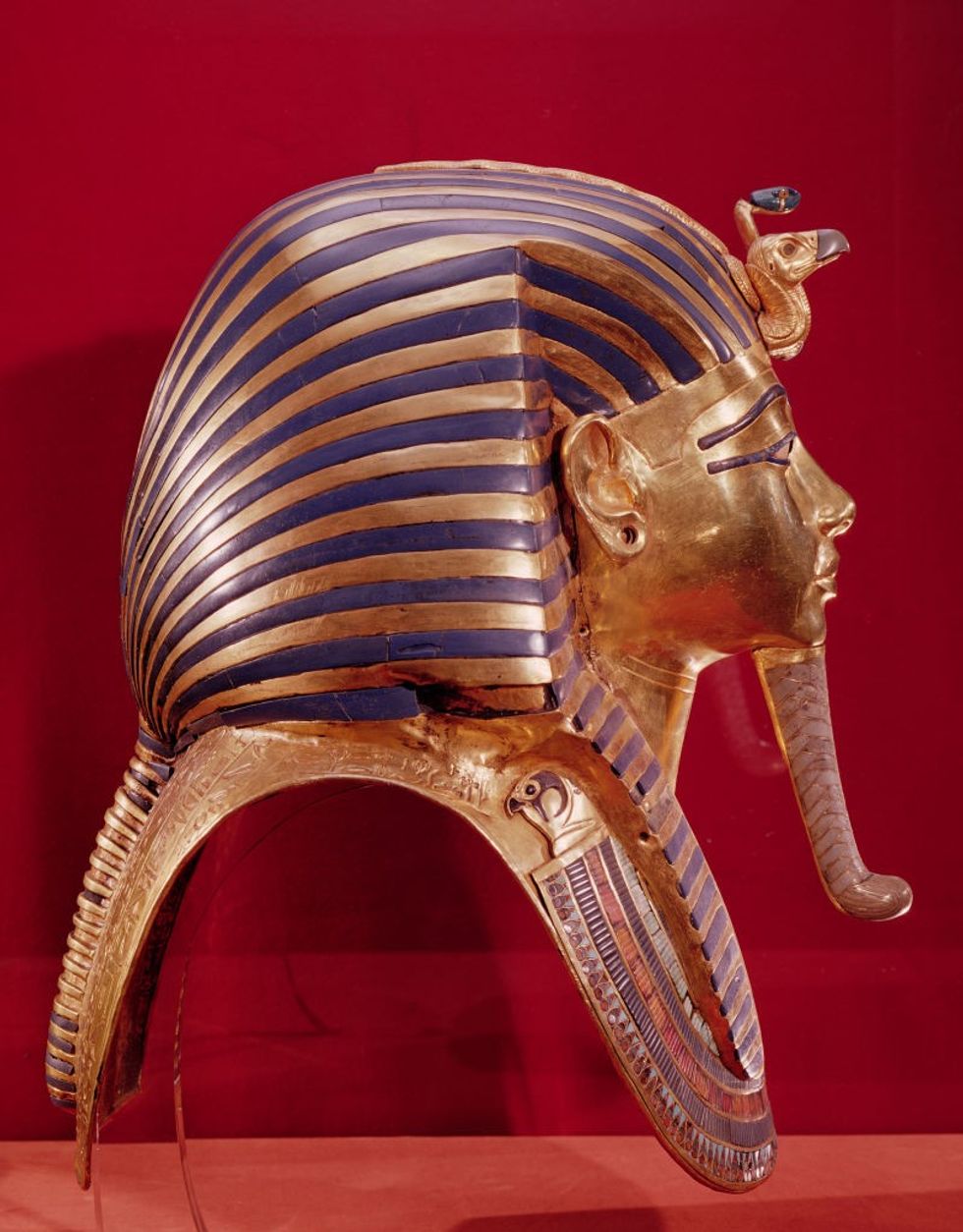Tutankhamun's lavish tomb was discovered in 1922 by Howard Carter
Don't Miss
Most Read
Trending on GB News
New research from the University of York suggests that King Tutankhamun's iconic death mask may not have been originally made for the boy-king.
Researchers claim that pierced ears on the mask indicate it was intended for a high-status female or child, possibly Tutankhamun's stepmother.
The team from the University of York proposes that due to Tut's sudden death at 18, his face may have been grafted onto an existing mask.
"This mask was not made for an adult male pharaoh," Professor Fletcher, who is leading the study, said.

New research from the University of York suggests that King Tutankhamun's iconic death mask may not have been originally made for the boy-king
Getty
"When the gold was compared, [they found] the face is made of completely different gold to the rest."
Professor Fletcher's findings stem from a re-examination of historical records from the 1922 excavation.
She focused on a document mentioning "the decidedly pierced ears" on the death mask.
This feature is unusual for male pharaohs, as piercings were typically only found on masks of queens and children.
LATEST DEVELOPMENTS:
"I was sure the death mask was not specifically designed for King Tut," Professor Fletcher revealed in a new History Hit documentary.
The idea builds on a 2015 proposal by Egyptologist Nicholas Reeves, who claimed the mask was originally made for Queen Nefertiti, Tutankhamun's stepmother. Nefertiti's tomb remains undiscovered.
Archaeologists have documented paint blotches on the tomb walls, suggesting they were still wet when sealed.
The size of Tutankhamun's burial chamber was also smaller than expected for a pharaoh of his stature.

Researchers claim that pierced ears on the mask indicate it was intended for a high-status female or child, possibly Tutankhamun's stepmother
Getty
Tutankhamun, who ascended to the throne at just nine years old, was believed to have suffered from various ailments.
These may have included a club foot, cleft palate, bone disease and scoliosis, likely due to his parents being siblings.
His lavish tomb was discovered in 1922 by Howard Carter.









